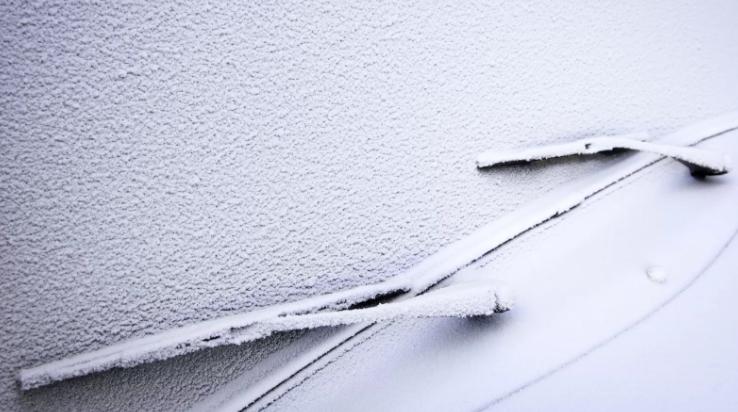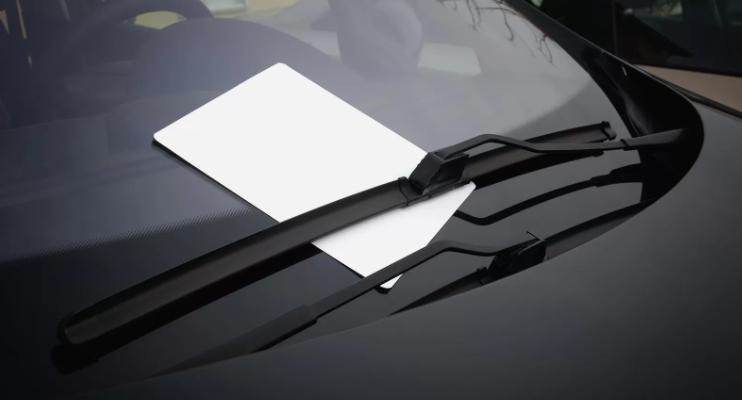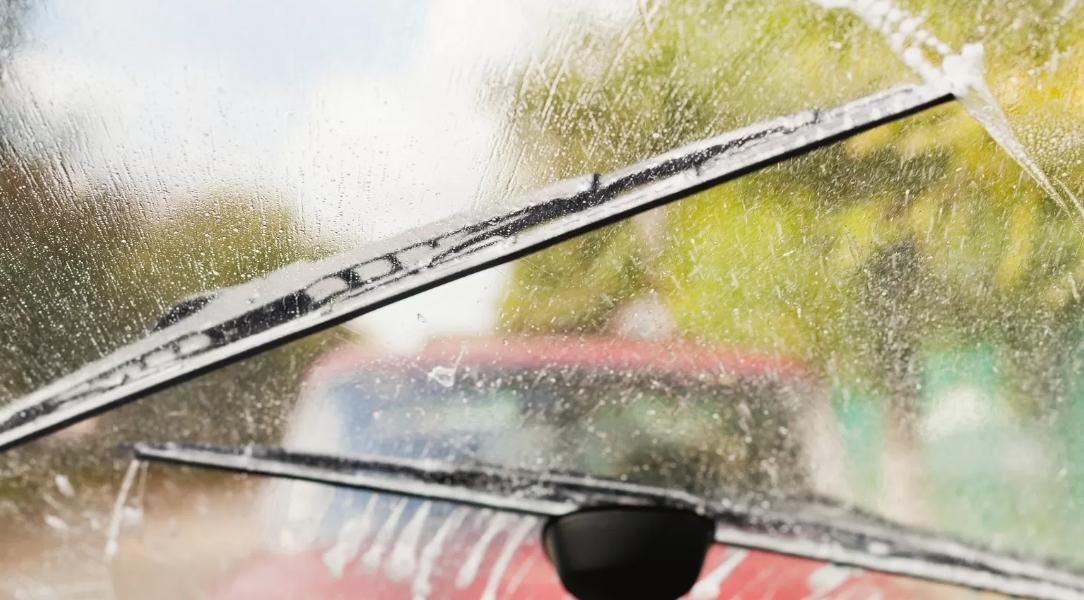As the winter season drew to a close, the onset of the wet season prompted many to consider replacing their wipers, having experienced damage to them from scraping against the icy windshield. Today, we will address the straightforward question of what types of wipers are available and the parameters to consider when selecting them.
1. What Should I Do?
Select wiper blades to replace worn ones.
2. What Parameters Should Be Observed When Selecting New Brushes?
Generally speaking, there are three parameters that may vary when selecting new wipers. The following criteria should be taken into account when choosing new wipers:
- Length: New wipers should be of the same length as those recommended for your vehicle model.
- Attachment type: New wipers must have the same attachment type as the old ones.
- Design is ultimately a matter of personal preference and cost, which we will discuss in the next paragraph.
Regarding the first two points, there are a few additional comments to make. When it comes to the recommended length of wiper blades, it’s important to keep in mind that in some cases, it may be possible to install blades that are slightly longer than what the manufacturer recommends for your car. One way to determine if this is a viable option is to examine the gap between the wiper blades in their resting position and the area that they clean on the windshield. If the gap is large and the blades are not reaching the edges of the windshield, you can consider trying out blades that are a few centimeters longer. However, it’s crucial to ensure that the blades do not touch each other while in operation as this can cause unnecessary wear on the wiper mechanism and the blades themselves.

The classification of wiper blade attachments is a vast topic that could be the subject of an entire article. Throughout the years of evolution, so many types of wiper mounts have emerged that it’s unclear why there is such a need for diversity. However, the good news is that typically, a comprehensive set of adapters comes with the wiper blades, allowing them to be installed on almost any type of attachment. Of course, there may still be some “unique” mounts that require specific brushes, but in most cases, the easiest solution when replacing wipers is to remove the existing ones, determine the type of mount your car uses, and check if it’s listed on the adapters included in the new kit. In 95% of cases, finding the right fit is not a problem.
3. What Are The Wiper Designs?
This corresponds to the third point in the previous list, which is not crucial but is dependent on your personal preferences and budget. It’s important to note that we won’t be discussing exotic options such as heated wipers, but rather focusing on the typical mass-market wiper blades that make up 99% of the market.
In general, modern wipers are divided into three types:
- frame;
- frameless;
- hybrid.
Traditional frame wipers are the type that most people are familiar with. They consist of a metal or plastic frame with rocker arms, and a polymer blade attached to two metal guides that clean the glass. Their advantages stem from their long history and simple design: they are the most affordable option and their design ensures maximum adhesion to the glass even in curved areas. However, their drawbacks are also related to their design: the more mechanical parts in the design, the more prone they are to wear and tear, and in winter the wiper frame can become covered with ice, preventing it from properly “fitting” the glass.
Frameless wiper blades consist of the same two metal guides that hold the cleaning element, but without a frame, enclosed in a plastic casing. These blades maintain their shape due to the bending of the metal insert, and cannot bend any further. However, there is a risk of uncleaned corners on strongly curved windshields. Unlike framed wipers, there are no mechanical components in frameless wipers, and they are made of a single piece of material, with only the cleaning surface wearing out over time. This design reduces the frosting of the blades and also contributes to a lower noise level as frameless wipers are designed with an aerodynamically favorable shape. However, frameless wiper blades are typically more expensive than traditional framed wipers.
Hybrid wiper blades combine the best qualities of both traditional framed and frameless blades. They have a frame with rocker arms to ensure a secure fit of the cleaning strip to the glass, as well as a developed plastic casing that covers this frame. The resulting blade is efficient, heavy, and sturdy, and its aerodynamic shape ensures that it presses harder against the glass at higher speeds. However, this splendor comes at a price, which is almost as much as buying both traditional framed and frameless blades separately.
Winter wiper blades can be considered a subspecies of hybrid blades. They have a frame structure, but it is entirely concealed within a sealed casing that prevents water and snow from entering and freezing. The benefits of winter wiper blades include softer cleaning elements designed for low temperatures and a longer service life. However, the downsides include their larger size compared to hybrid blades, the need to replace the blades seasonally, and the higher cost associated with them being a specialized item.
4. When To Change Brushes?

Determining when to replace your wipers is a straightforward matter. You will notice that it’s time to dispose of them when they are no longer effective in removing water and dirt after a few strokes, leaving smears on the glass. Another sign of worn-out or low-quality wipers is a water film left on the glass after cleaning, which can worsen visibility by smearing the headlights of oncoming cars in the rain at night. Keep in mind that wipers are consumables with a lifespan of only a couple of seasons, and if you experience reduced visibility, it may be time to purchase a new pair of wipers. While a wiper cannot keep water completely dry, it should be able to provide adequate visibility without leaving smears or a water film.

